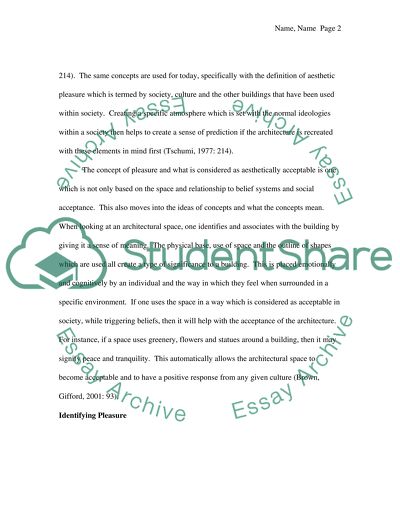Cite this document
(“'The Pleasure of Architecture' Bernard Tschumi Essay”, n.d.)
Retrieved from https://studentshare.org/environmental-studies/1419044--the-pleasure-of-architecture-bernard-tschumi
Retrieved from https://studentshare.org/environmental-studies/1419044--the-pleasure-of-architecture-bernard-tschumi
('The Pleasure of Architecture' Bernard Tschumi Essay)
https://studentshare.org/environmental-studies/1419044--the-pleasure-of-architecture-bernard-tschumi.
https://studentshare.org/environmental-studies/1419044--the-pleasure-of-architecture-bernard-tschumi.
“'The Pleasure of Architecture' Bernard Tschumi Essay”, n.d. https://studentshare.org/environmental-studies/1419044--the-pleasure-of-architecture-bernard-tschumi.


